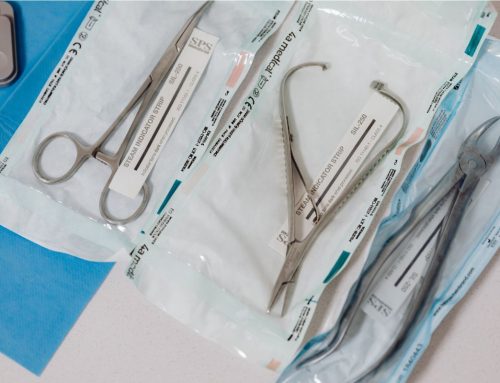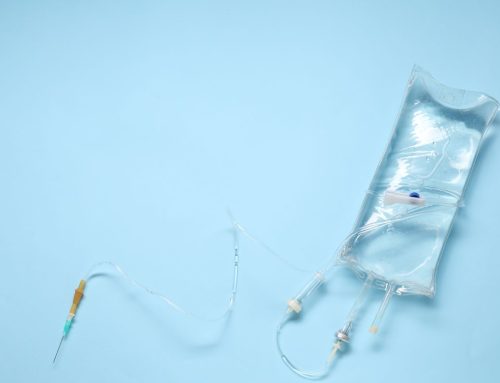Medical providers are under as much pressure as other service providers to deliver a good experience that encourages engagement and boosts occupancy and revenue. Studies show that the use of color in the design of medical supplies plays an essential role in enhancing the user experience. By using coatings made from carefully considered color palettes to distinguish products, medical practitioners and facilities can tackle both the practical and the emotional design challenges.
Reasons to Use Color-Coded Coatings
The primary purpose of using colored coatings is not to make devices look attractive, but to improve safety protocols and enhance the user experience. Here are the top X uses for color-coding in medical products.
1. Safety
Safety is paramount in every medical environment. Every year, millions of patients suffer illness, injury, or death because of unsafe or poor-quality conditions in health care. Statistics from the World Health Organization show that, in high-income countries such as the U.S., one in every ten patients is harmed while receiving hospital care. Almost 50% of these incidents are preventable. Investments to reduce patient harm can lead to significant savings and better outcomes.
The use of color can help to support safety protocols in every type of medical establishment. Color-coded wristbands are used in hospitals across the country to identify patients with allergies, those at risk of falling, patients who have signed “do not resuscitate” forms, and other conditions.
Sanitization products are color-coded according to their level of toxicity or the way they are used. For example, cleaning equipment in high-bacteria environments like bathrooms may be one color, while items used in patient rooms may be another.
2. Usage Sequence
The use of color can emphasize key interaction points on a user interface, such as an activation button or a dosage selector. By using a hierarchy of color coatings, medical providers can influence patients’ reactions, help them follow a series of steps in the correct order, and provide help understanding instructions. For example, the EpiPen uses color-coding to support the instructions for use, such as “remove the blue safety release” and “press the orange tip against the skin.”
3. Regulatory Compliance
Colors used in packaging and labeling can help staff and patients distinguish between different drug dosages and strengths. Colors can encourage compliance and adherence because certain colors support disposability, while others suggest re-use. For example, single-use devices can employ colors that communicate the message to dispose of them after use. Other colors can indicate whether a product is used for patients or providers.
Creating Color-Coded Products
There are several ways Midwest Rubber Company can help providers to design and develop color-coded products for use in medical facilities. Custom solutions enable us to deliver a color and finish that sets your product apart from other similar items:
- Products such as rubber handgrips and metal storage racks can be dip-coated to add a protective layer in a custom color.
- Soft and pliable products such as cushions, headrests, and body support pads can be made from molded urethane foam and customized to allow specific colors to be used in different departments.
- Powder coating is the ideal solution for hard metal items that need an attractive, long-lasting finish. Medical trays, medical kits, and insulin springs are some components that benefit from powder coating.
For more information on color-coding your medical equipment to ensure differentiation and regulatory compliance, please contact us at 810.376.2085.



